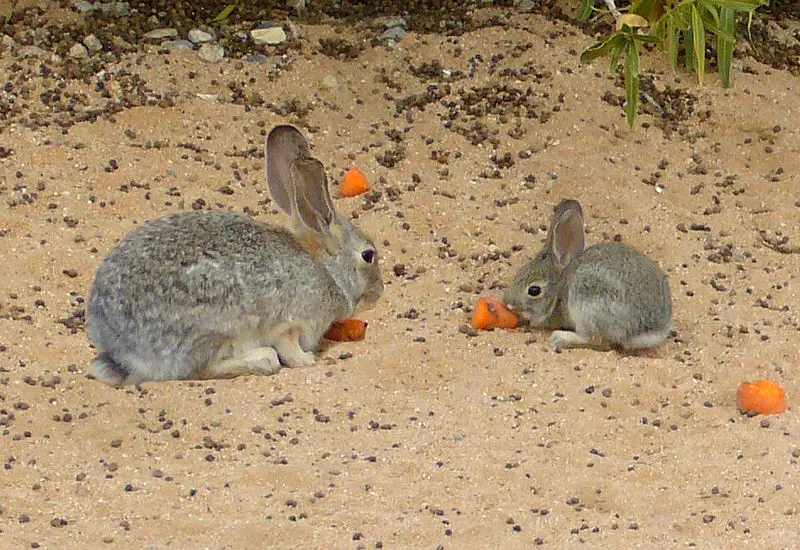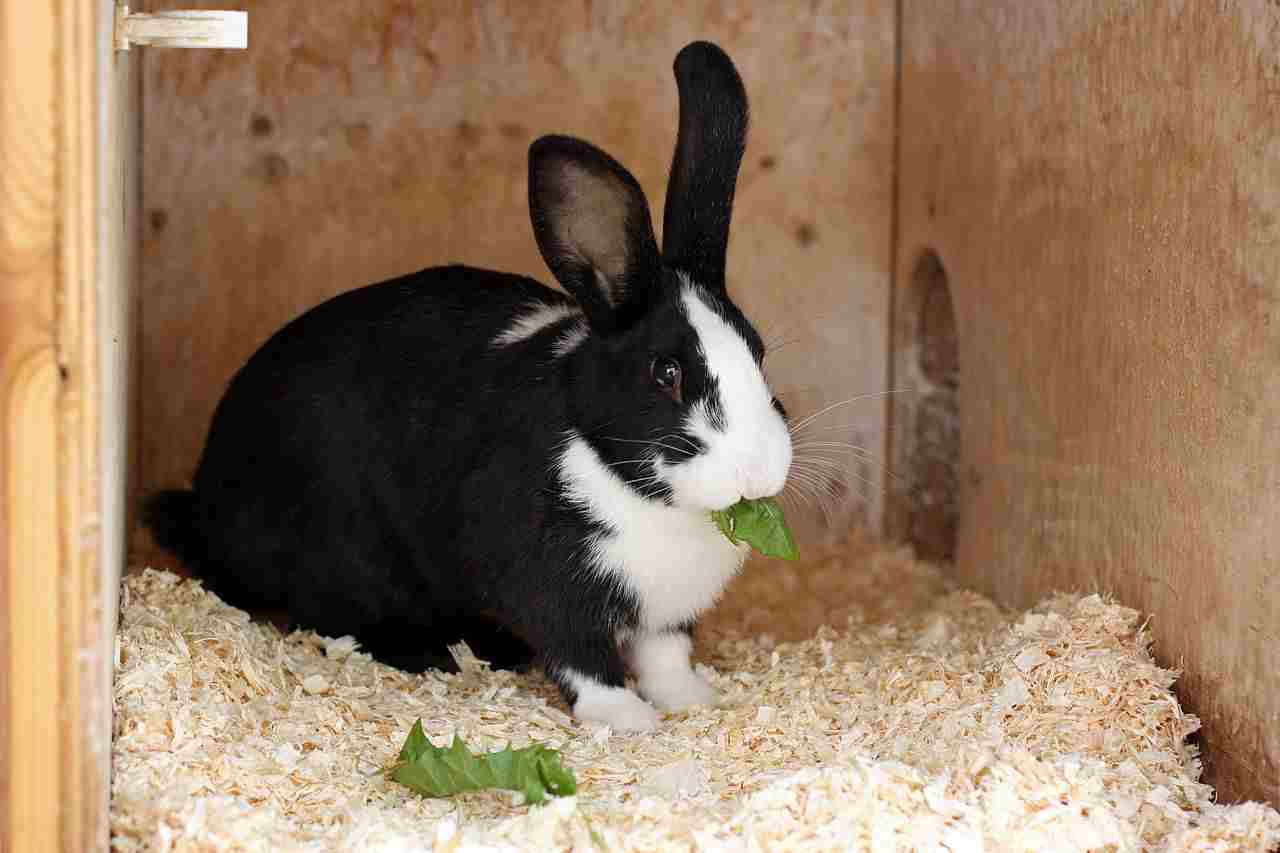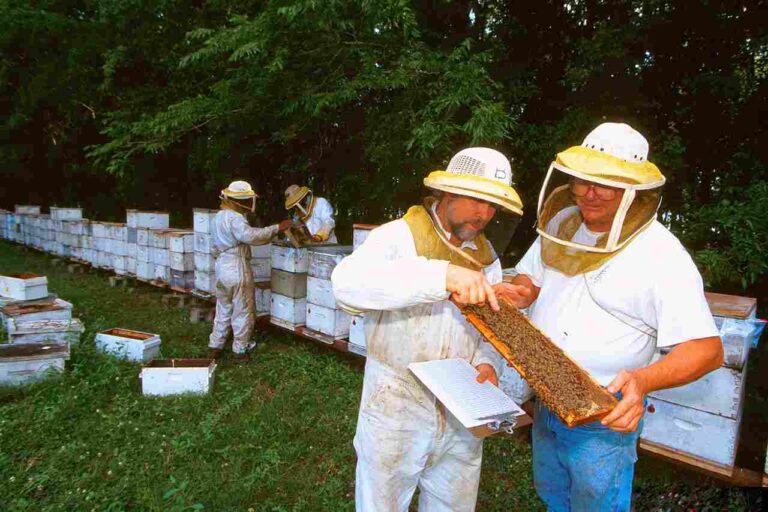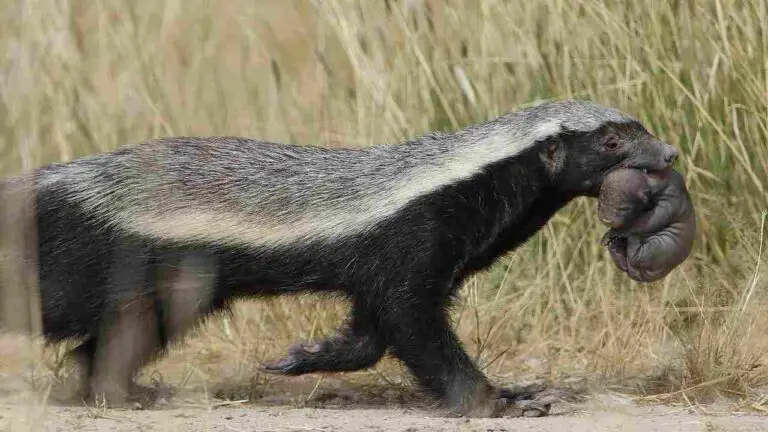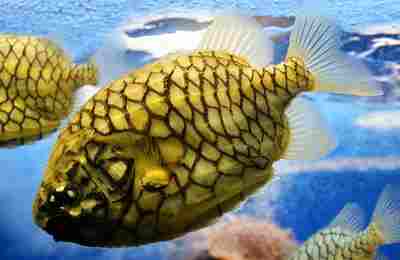Rabbit Vs Jackrabbit Differences and Similarities Discussed
Exploring the distinctions between rabbits and jackrabbits uncovers unique features that set these leporids apart. While both share similarities, such as belonging to the same family, certain characteristics, including size, body shape, and behavior, differentiate rabbits from their larger, hare-like counterparts.
I. Size and Body Shape:
– Jackrabbits, in contrast to rabbits, are notably larger and taller, possessing a slender body with long limbs.
– Rabbits typically exhibit a round, egg-like body shape, distinguishing them from the elongated form of jackrabbits.
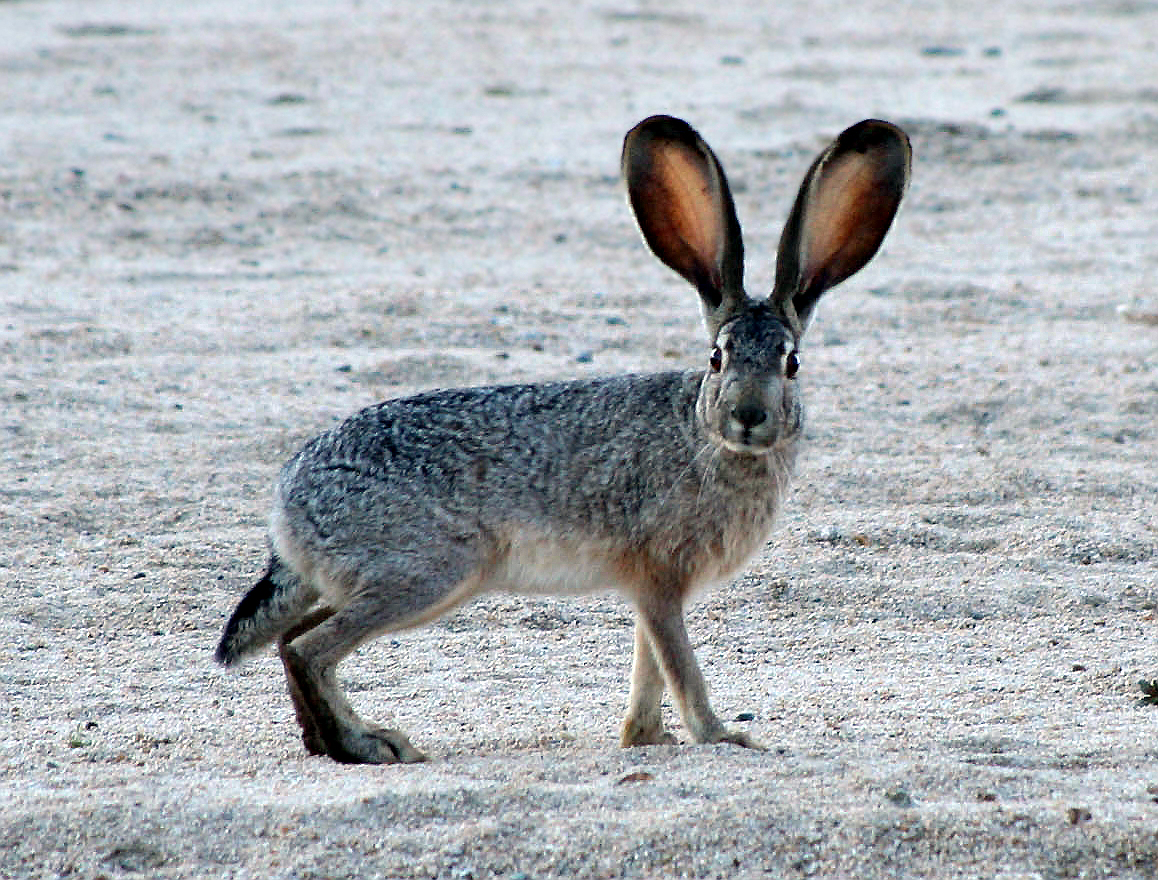
II. Ears:
– A defining feature is the length of the ears. Jackrabbits boast longer ears compared to rabbits, contributing to their distinctive appearance.
III. Species Classification:
– Jackrabbits are not classified as rabbits but rather as hares. Hares, including jackrabbits, have larger bodies, long legs, and distinctive long ears.
IV. Behavior and Social Structure:
– Rabbits are known for their social nature, often forming family units, whereas jackrabbits display behaviors typical of hares, which are generally more solitary.
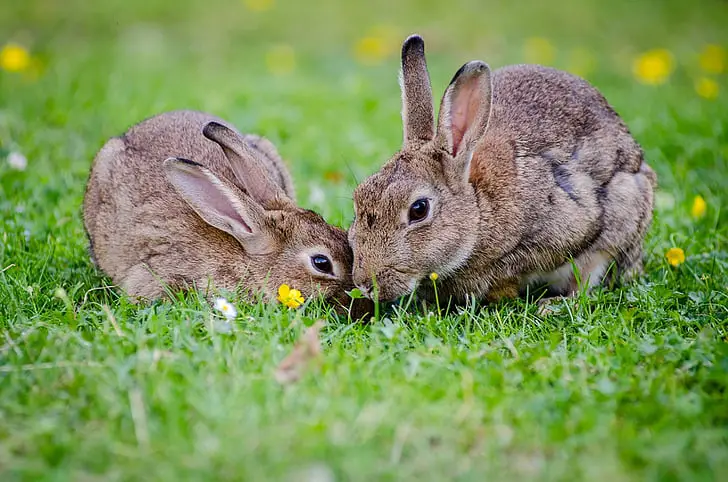
V. Regional Distribution:
– The distribution of jackrabbits, particularly the whitetail jackrabbit, is prevalent in specific regions like the western United States and Mexico, contributing to regional biodiversity.
VI. Physical Traits and Adaptations:
– Jackrabbits possess long and powerful hind legs, allowing them to reach speeds of up to 45 miles per hour, a characteristic not shared by rabbits.
– The long ears of jackrabbits aid in thermoregulation, dissipating excess heat to adapt to varying environmental conditions.
VII. Cultural References:
– Online discussions and forums often include questions about the differences between rabbits and jackrabbits, highlighting the interest in distinguishing these species.
VIII. Health Benefits and Taste:
– Comparative discussions touch upon the perception of health benefits and taste differences between jackrabbits and rabbits, reflecting a curiosity about dietary aspects.
IX. Taxonomy:
– Emphasizing the importance of accurate classification, the distinction between rabbits and jackrabbits is clarified. Jackrabbits, being hares, reveal the intricacies of leporid taxonomy.
*Details of Comparison
| Criteria | Rabbit | Jackrabbit |
| Appearance | Compact, rounded with shorter ears |
Larger, leaner with distinctively long ears
|
| Size | Generally smaller, 1 to 5 pounds |
Larger, 3 to 7 pounds
|
| Weight | – |
Exhibits a higher weight range
|
| Dentition and Bite Force (PSI) | Herbivorous with around 200 PSI bite force |
Similar herbivorous dentition with similar bite force
|
| Physical Offensive Advantages | Agility and burrowing |
Speed and kicking capability
|
| Physical Defensive Advantages | Hiding, burrowing, freeze response |
Speed and heightened senses
|
| Speed | Up to 35 mph (56 km/h) |
Generally higher top speed
|
| Agility | Agile |
Agile, especially during high-speed chases
|
| Senses | Enhanced hearing, smell, and vision |
Acute hearing, smell, and vision
|
| Overall Physical Capacity | Suited for various terrains, burrow living |
Excel in open landscapes with speed and endurance
|
| Habitat Preference(s) | Broad range of habitats, including grasslands and woodlands |
Prefers open habitats like deserts and grasslands
|
| Tracks | Smaller tracks with distinct imprints |
Larger tracks with elongated hind feet
|
| Lifespan | 5 to 10 years in the wild |
5 to 7 years in the wild
|
| Mode of Feeding | Grazers, feeding on a variety of vegetation |
Grazers, adapted to abrasive vegetation
|
| Intelligence | Intelligent, capable of learning |
Intelligent, adaptable to changing conditions
|
| Social Behavior | Social animals, live in colonies |
Generally solitary, limited social structure
|
| Mode of Reproduction | Reproduces prolifically with short gestation |
Reproduces with a slightly longer gestation
|
| Parental Behavior | Extensive maternal care in burrows |
Limited maternal care, young are more independent
|
| Proximity to Human-Inhabited Areas | Common in suburban and urban areas |
Generally avoids densely populated areas
|
| Behavior Toward Humans | Variable responses, may habituate |
More cautious and elusive around humans
|
| Danger Posed to Humans | Minimal danger, potential disease carriers |
Minimal danger, potential disease carriers
|
| Associated Precautions | Protecting gardens, zoonotic disease awareness |
Avoiding close approaches, zoonotic disease considerations
|
| Conservation Status | Varied, some species may face threats |
Generally not globally threatened, varies among species
|
Key Points
- Rabbits are generally smaller with a compact body, while jackrabbits are larger and leaner.
- Jackrabbits exhibit a higher weight range compared to rabbits.
- Both have herbivorous dentition with similar bite forces.
- Rabbits rely on agility and burrowing defensively, while jackrabbits excel in speed and have a kicking capability.
- Jackrabbits generally have a higher top speed and are more adapted to open landscapes.
- Both exhibit enhanced senses crucial for survival in their respective environments.
- Rabbits have a broader habitat range, while jackrabbits specialize in open, arid regions.
- Rabbits are more social, forming cohesive groups, while jackrabbits exhibit more solitary behavior.
- Rabbits may habituate to human presence more readily than jackrabbits.
- Both pose minimal danger to humans and may carry zoonotic diseases.
- Conservation statuses vary among species within each group.
1. Taxonomy:
Rabbit:
Kingdom: Animalia
Phylum: Chordata
Subphylum: Vertebrata
Class: Mammalia
Order: Lagomorpha
Family: Leporidae
Genus: Oryctolagus
Species: Oryctolagus cuniculus (European rabbit)
Jackrabbit:
Kingdom: Animalia
Phylum: Chordata
Subphylum: Vertebrata
Class: Mammalia
Order: Lagomorpha
Family: Leporidae
Genus: Lepus
Species: Varies based on the specific jackrabbit species (e.g., Lepus californicus – Black-tailed jackrabbit)
2. Appearance:
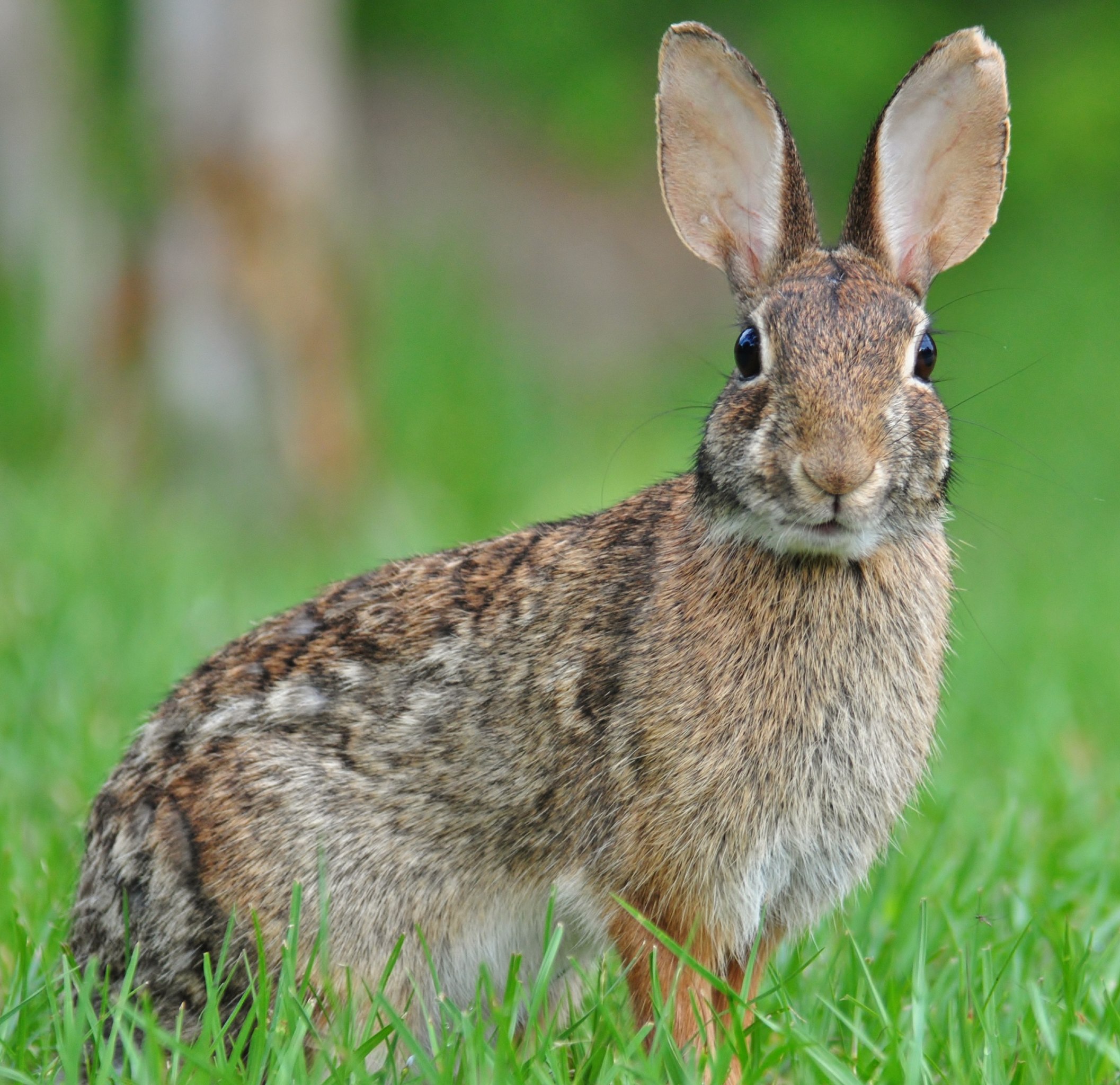
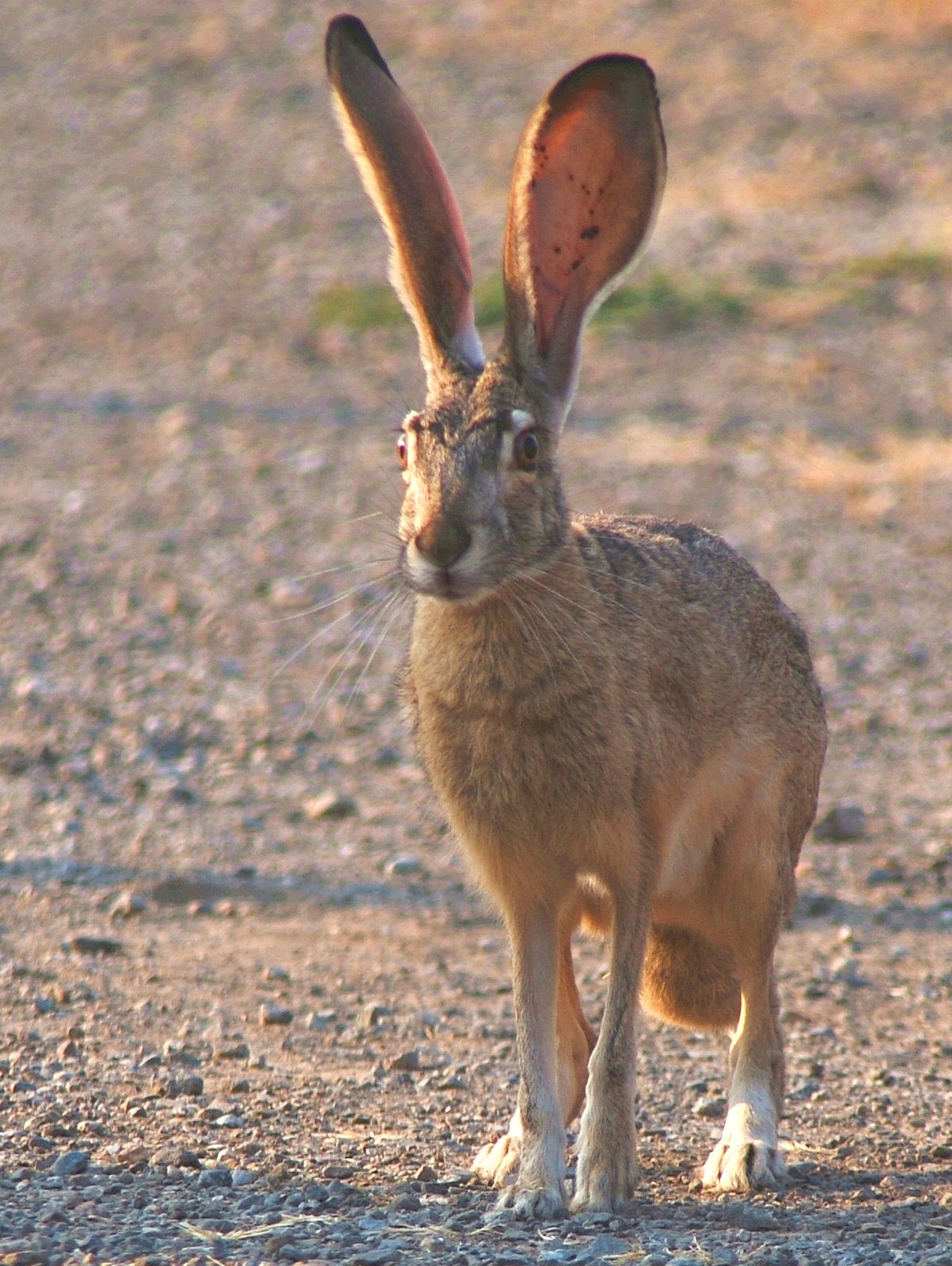
Rabbit:
Typically smaller, with a compact and rounded body.
Ears are shorter in proportion to body size.
Fur coloration varies widely, often with a mix of browns, grays, and whites.
Adaptations like a short tail and keen eyesight.
Jackrabbit:
Characterized by a larger, leaner body structure.
Distinctively long ears, which can be over half the length of their body.
Fur coloration often blends with the environment, providing camouflage.
Long hind legs for efficient running.
Comparison:
Rabbits have a more compact and rounded appearance.
Jackrabbits exhibit a sleeker build with prominent long ears and legs.
Ecological Implications:
Rabbit appearance aids in burrow living and camouflage.
Jackrabbit’s larger size and distinct features enhance their running efficiency, crucial for survival in open habitats.
3. Size:

Rabbit:
Typically smaller, ranging from 1 to 5 pounds.
Length varies but is generally around 12 to 20 inches.
Jackrabbit:
Larger in size, with weights ranging from 3 to 7 pounds.
Length can extend up to 24 inches or more.
Comparison:
Jackrabbits are generally larger and longer than rabbits.
Ecological Implications:
Size influences habitat selection; smaller rabbits may prefer more concealed environments, while larger jackrabbits may thrive in open landscapes.
4. Weight:
Rabbit:
Weighs between 1 to 5 pounds, depending on the species.
Jackrabbit:
Heavier, with weights ranging from 3 to 7 pounds.
Comparison:
Jackrabbits exhibit a higher weight range compared to rabbits.
Ecological Implications:
Weight influences dietary needs and predator-prey dynamics, impacting the overall ecological balance in their respective habitats.
5. Dentition and Bite Force (PSI):
Rabbit:
Herbivorous dentition, adapted for grinding plant material.
Moderate bite force, around 200 PSI.
Jackrabbit:
Similar herbivorous dentition but adapted for more abrasive vegetation.
Bite force is comparable to rabbits, around 200 PSI.
Comparison:
Both exhibit herbivorous dentition with similar bite forces.
Ecological Implications:
Dentition adaptation reflects their primary herbivorous diet, influencing their ecological role as plant consumers. Bite force impacts their ability to process different vegetation types.
6. Physical Offensive Advantages:
Rabbit:
Quick acceleration and agility for evasive maneuvers.
Sharp claws for digging burrows.
Jackrabbit:
Exceptional speed and endurance for long-distance running.
Powerful hind legs for swift kicks in self-defense.
Comparison:
Rabbits rely on agility and burrow-related defensive strategies.
Jackrabbits excel in sustained speed and have a more offensive kicking capability.
Ecological Implications:
These offensive advantages are adaptations to their respective habitats, with rabbits focusing on evasion in complex environments, and jackrabbits relying on speed in more open spaces.
7. Physical Defensive Advantages:
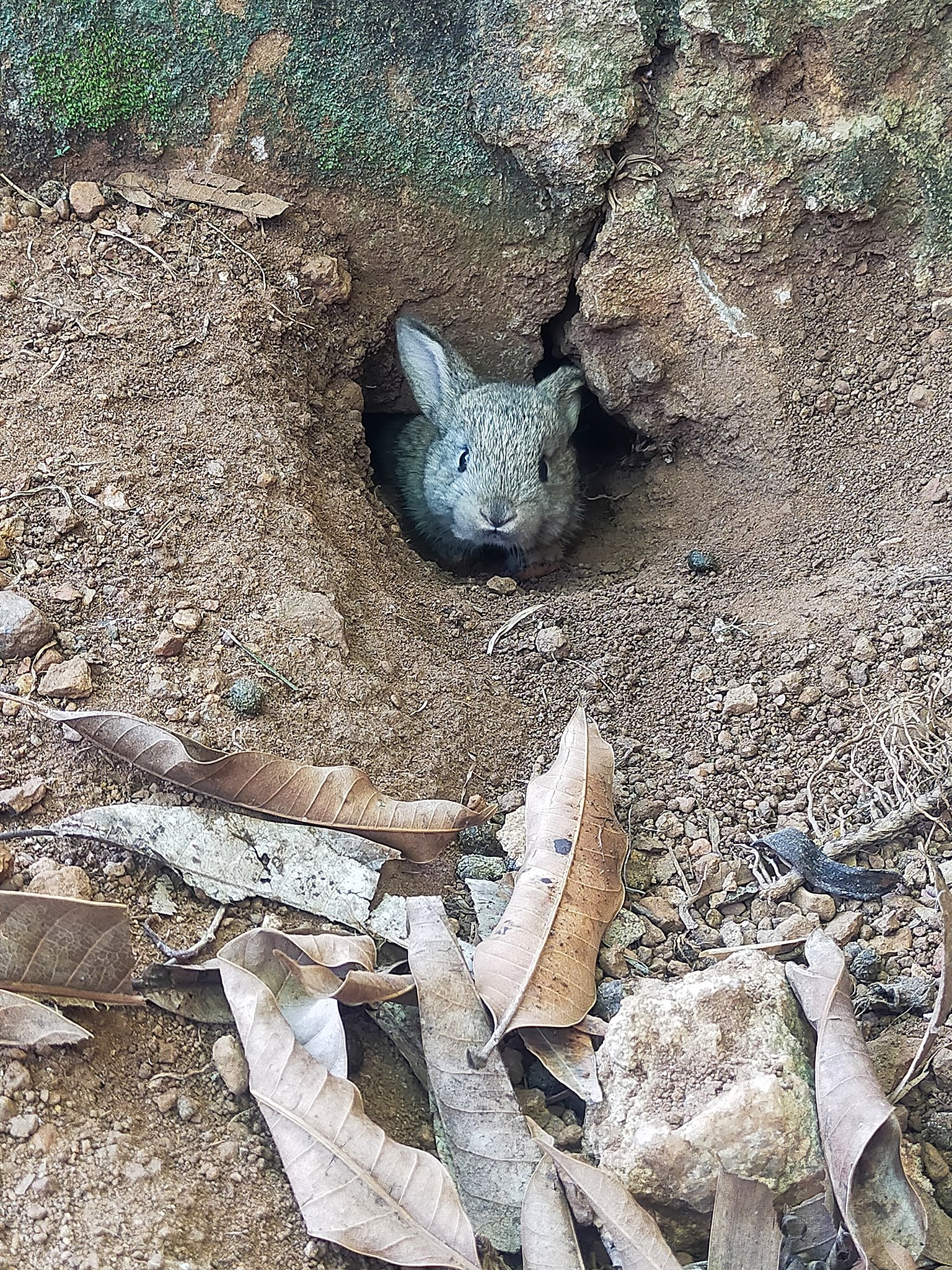
Rabbit:
Burrowing behavior to escape predators.
Camouflage and freeze response to avoid detection.
Jackrabbit:
Swift running as a primary defense mechanism.
Alertness and keen senses for early detection of predators.
Comparison:
Rabbits emphasize hiding and burrowing for defense.
Jackrabbits rely on speed and heightened senses to evade predators.
Ecological Implications:
Defensive strategies are shaped by the specific challenges posed by their habitats, with rabbits using burrows for protection, while jackrabbits utilize speed in more open terrains.
8. Speed (Km/hour or Mile/hour):
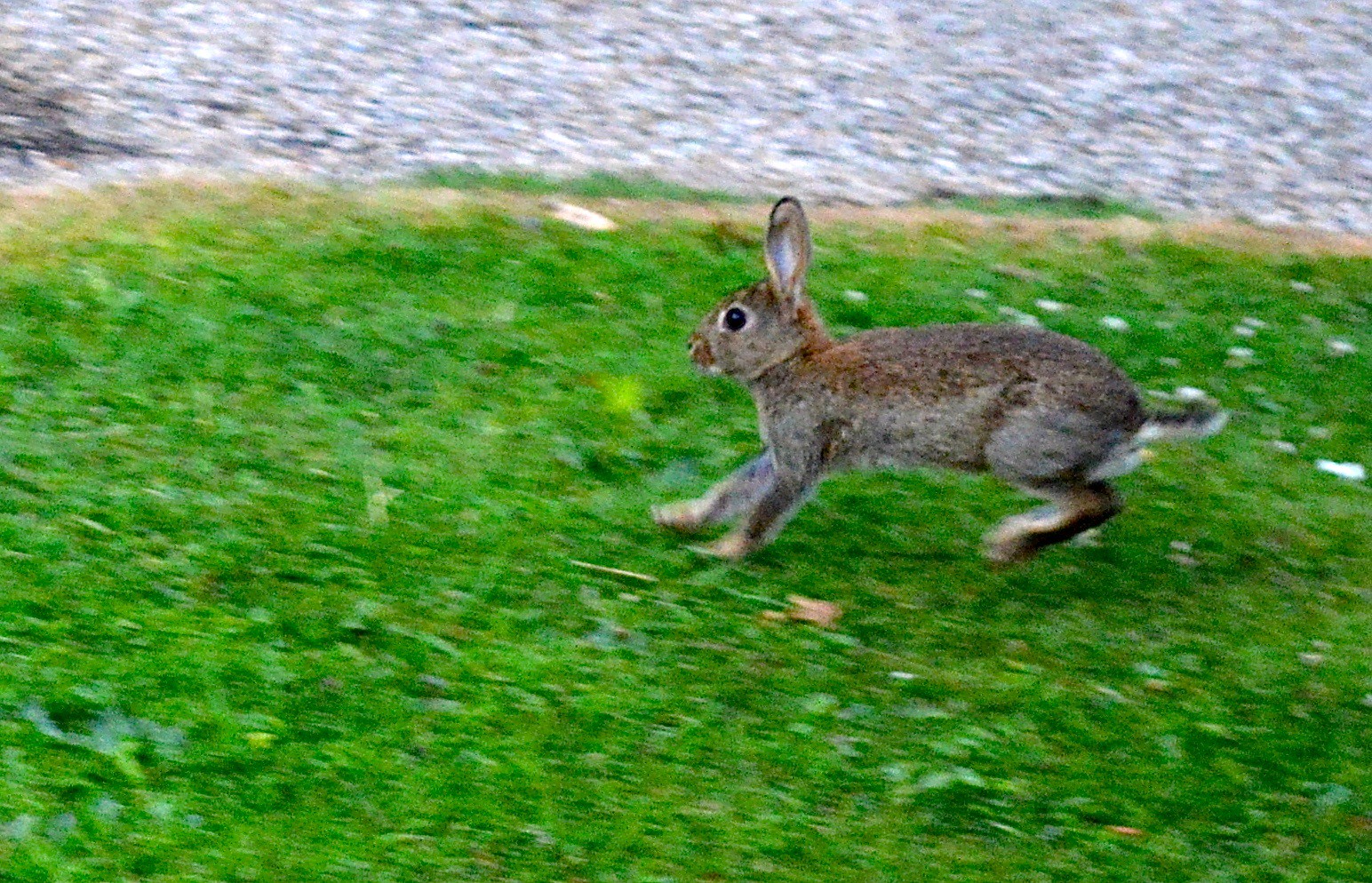
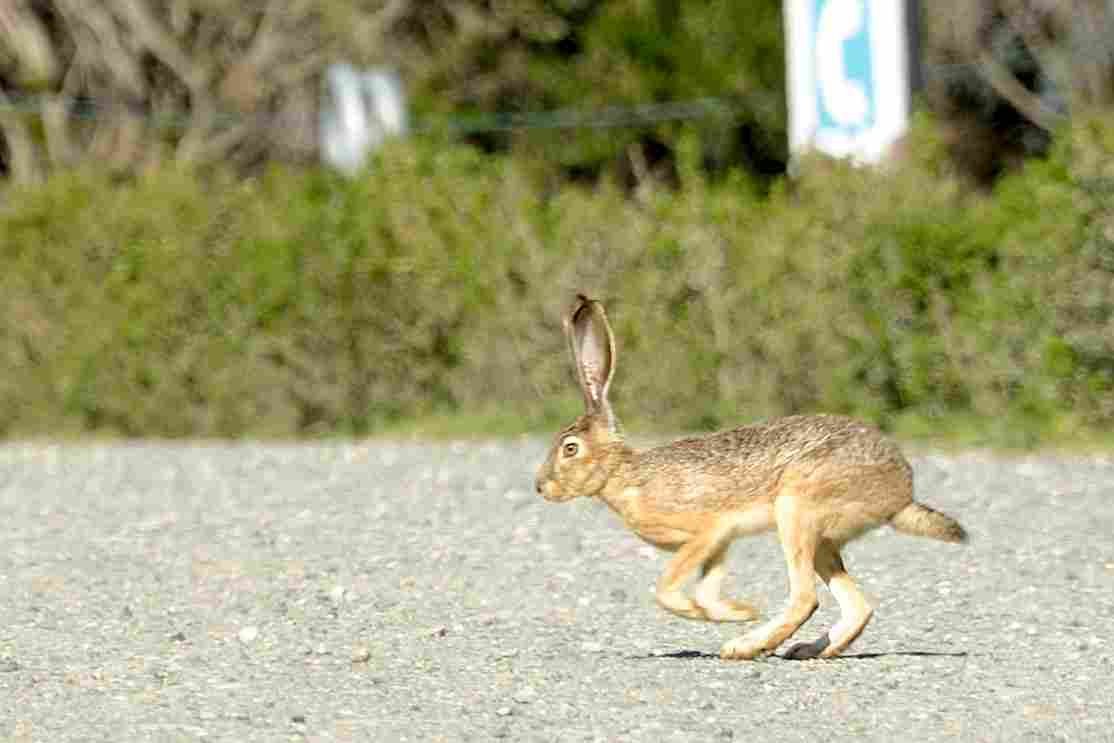
Rabbit:
Capable of reaching speeds up to 35 mph (56 km/h).
Jackrabbit:
Exceptional runners, reaching speeds of 40 mph (64 km/h) or more.
Comparison:
Jackrabbits generally exhibit higher top speeds compared to rabbits.
Ecological Implications:
Speed is crucial for evading predators, and the faster pace of jackrabbits is an adaptation to the open landscapes they inhabit.
9. Agility:
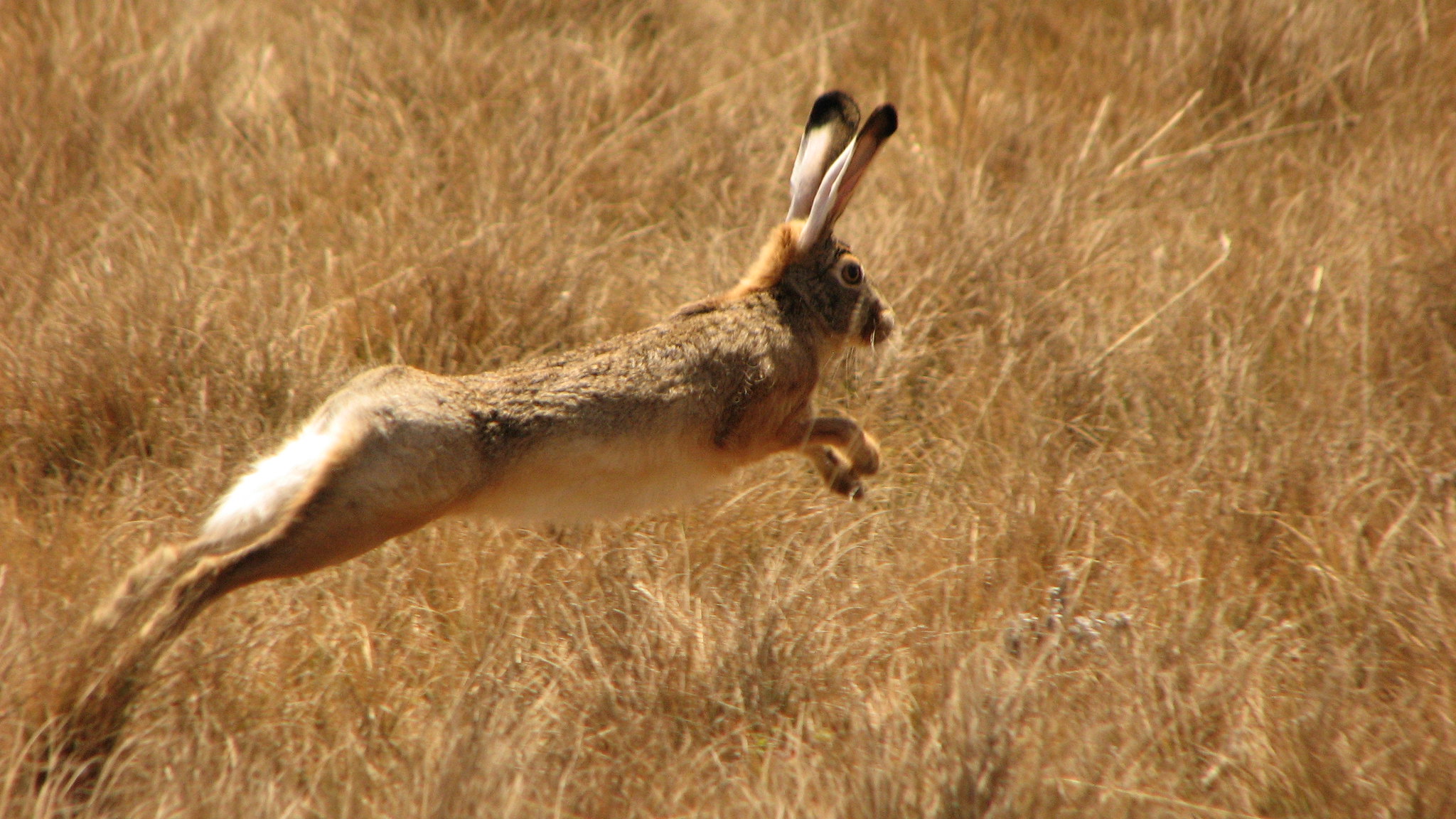
Rabbit:
Highly agile, capable of making quick turns and sudden stops.
Jackrabbit:
Agile, particularly in making sharp turns during high-speed chases.
Comparison:
Both rabbits and jackrabbits are agile, but the specific agility requirements differ.
Ecological Implications:
Agility is essential for navigating their environments, with rabbits using it for intricate burrow systems and jackrabbits for rapid maneuvers in open spaces.
10. Senses:
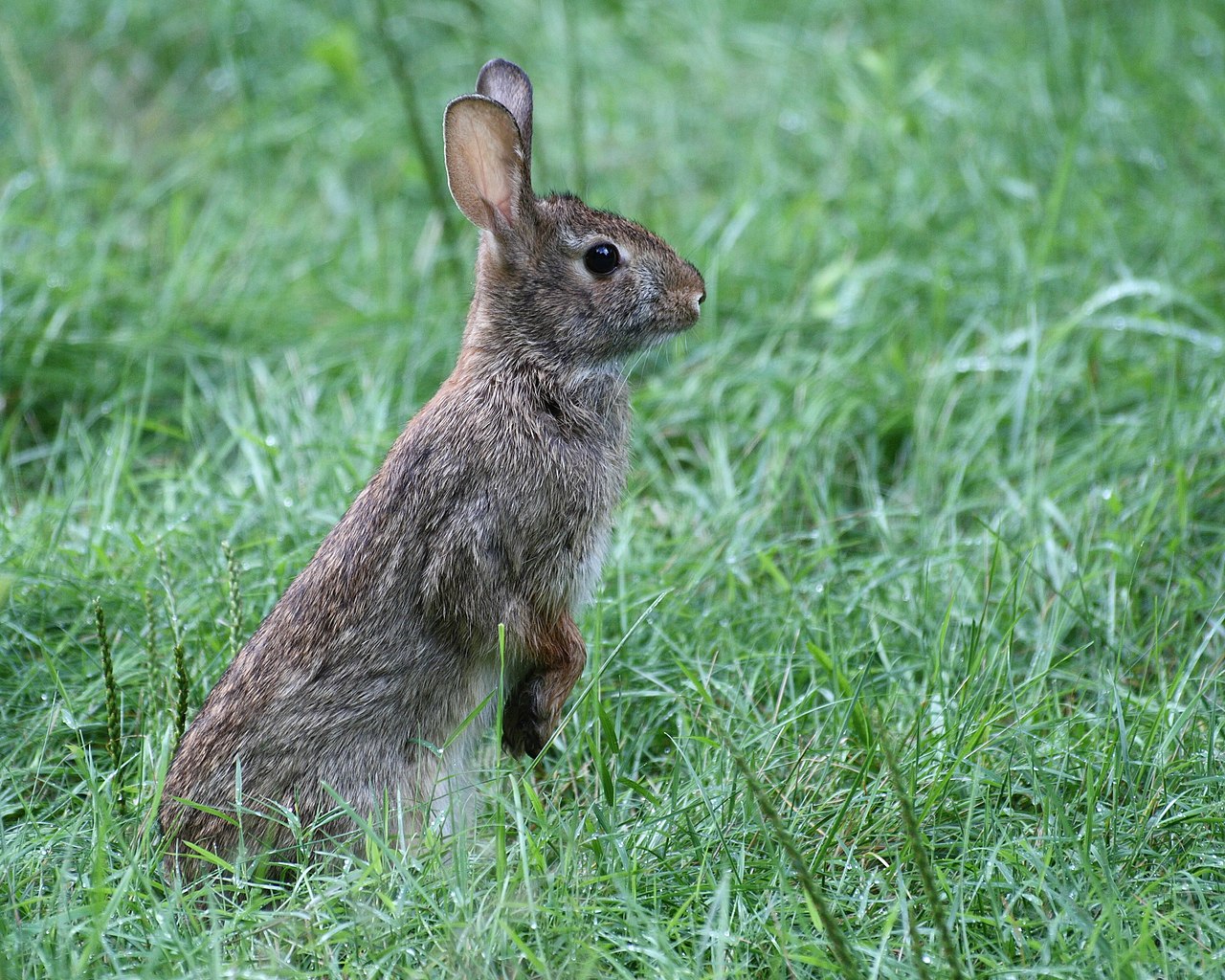
Rabbit:
Excellent hearing with large ears.
Well-developed sense of smell.
Good vision, especially detecting motion.
Jackrabbit:
Acute hearing, facilitated by long ears.
Strong sense of smell.
Keen vision, crucial for detecting predators during high-speed chases.
Comparison:
Both rabbits and jackrabbits have enhanced senses, adapted to their respective ecological niches.
Ecological Implications:
Heightened senses contribute to predator detection, foraging efficiency, and overall survival in their specific habitats.
11. Overall Physical Capacity:
Rabbit:
Suited for navigating complex terrains, including dense vegetation.
Well-adapted for burrow living.
Jackrabbit:
Excel in open landscapes with their speed and endurance.
Efficient runners with adaptations for covering long distances.
Comparison:
Physical capacities are tailored to their distinct habitats and ecological roles.
Ecological Implications:
Their overall physical capacities are reflective of their ecological niches, ensuring they are well-suited to their specific environments.
12. Habitat Preference(s) and Geographic Region:
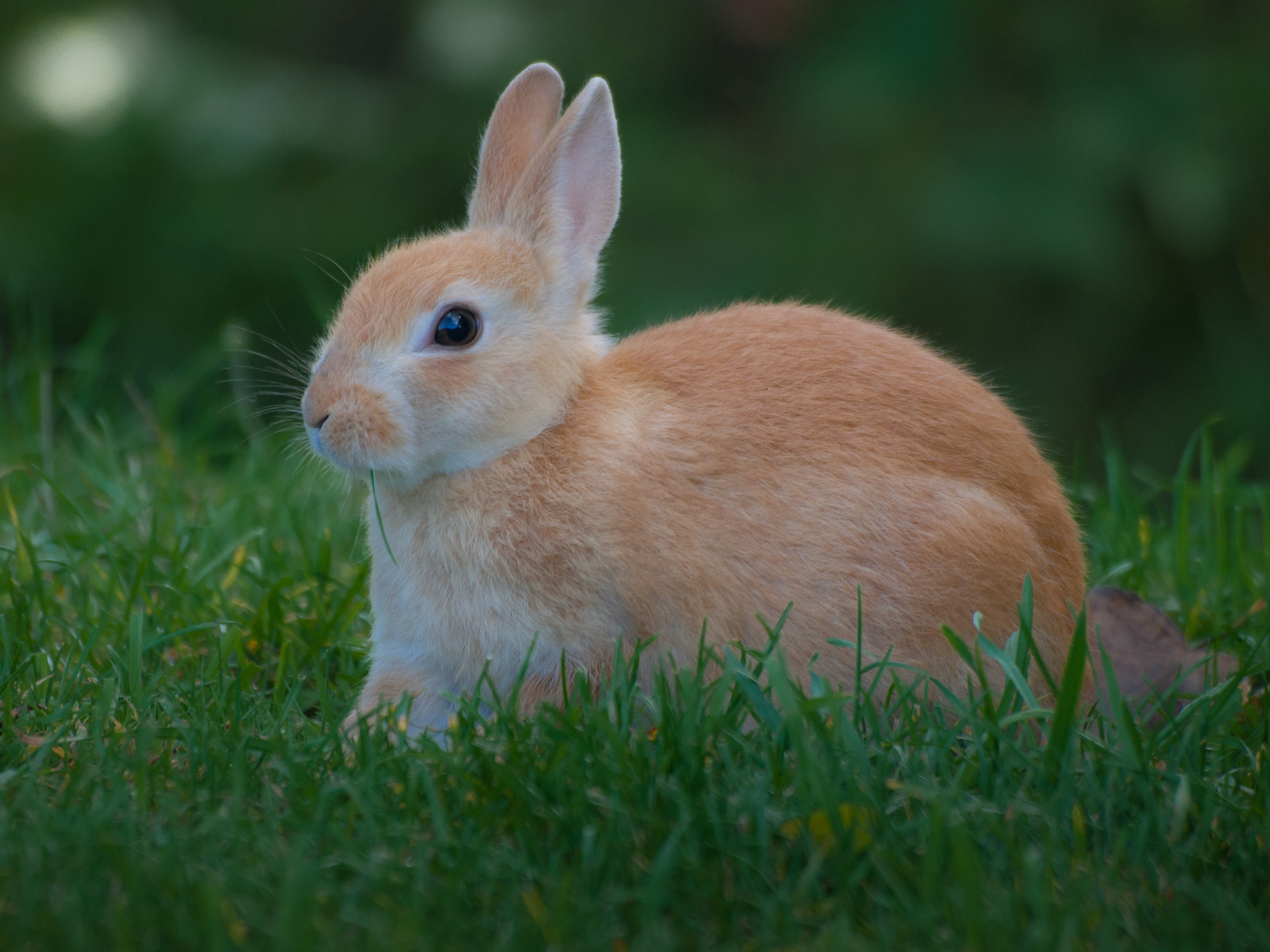
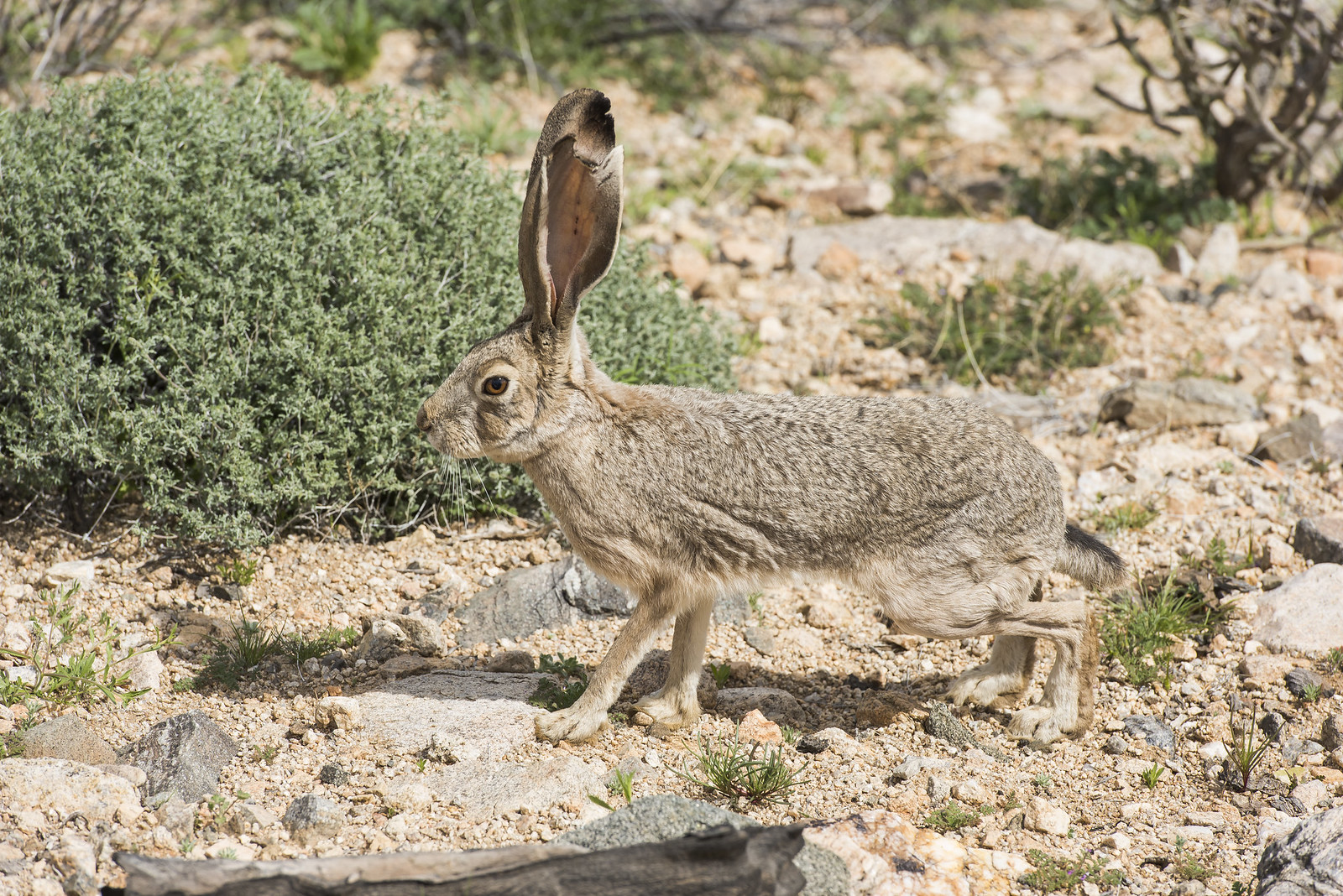
Rabbit:
Prefers diverse habitats, including grasslands, woodlands, and meadows.
Found in various regions globally, depending on the species.
Jackrabbit:
Thrives in open habitats like deserts, grasslands, and shrublands.
Commonly found in North and Central America.
Comparison:
Rabbits have a broader habitat range, including more vegetated areas.
Jackrabbits specialize in open, arid regions.
Ecological Implications:
Habitat preferences influence their roles in the ecosystem, with rabbits impacting vegetation dynamics in varied environments, while jackrabbits are integral to the balance in open landscapes.
13. Tracks:
Rabbit:
Smaller tracks with distinct imprints of four toes on both fore and hind feet.
Hind feet often overlap the front in the tracks.
Jackrabbit:
Larger tracks, showcasing elongated hind feet.
Typically leave tracks with a distinct two-toed pattern.
Comparison:
Track differences reflect their size and foot structure.
Ecological Implications:
Tracking can aid in ecological studies and understanding their movements within their habitats, contributing to conservation efforts.
14. Lifespan:
Rabbit:
Lifespan typically ranges from 5 to 10 years in the wild, depending on species and environmental factors.
Jackrabbit:
Shorter lifespan, usually around 5 to 7 years in the wild.
Comparison:
Rabbits generally exhibit a slightly longer lifespan compared to jackrabbits.
Ecological Implications:
Lifespan influences population dynamics and reproductive strategies, impacting the ecological balance within their habitats.
15. Mode of Feeding:
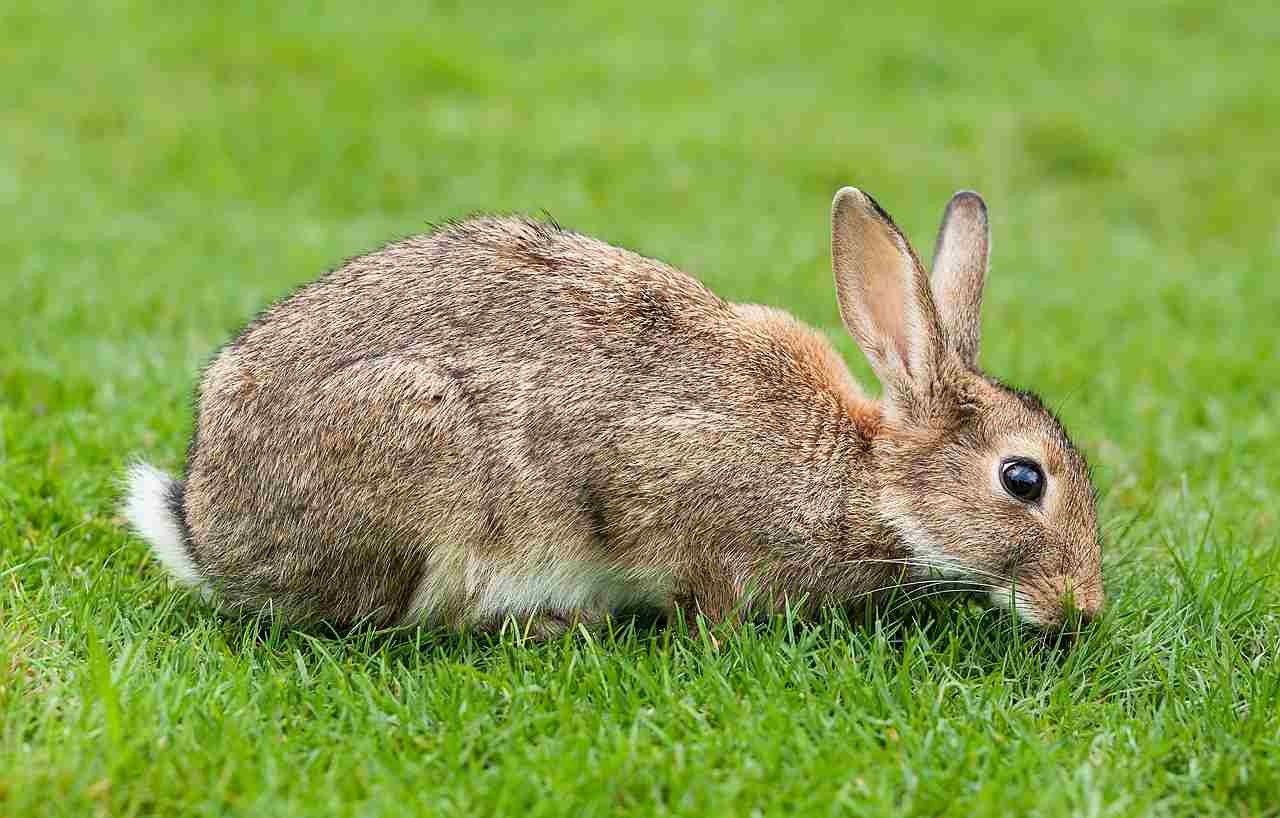
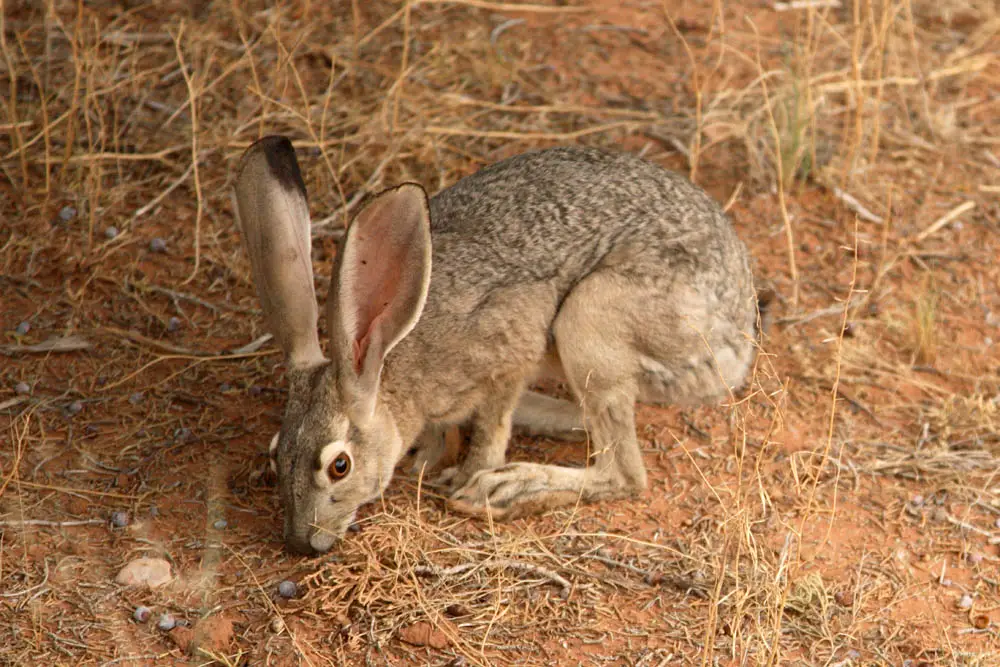
Rabbit:
Grazers, feeding on a variety of vegetation, including grasses and leafy plants.
Jackrabbit:
Also grazers, adapted to consuming more abrasive vegetation in open environments.
Comparison:
Both rabbits and jackrabbits share a herbivorous diet, with some variations based on available resources.
Ecological Implications:
Dietary preferences contribute to their roles as herbivores, influencing plant communities and shaping ecosystems.
16. Intelligence:
Rabbit:
Display intelligence in terms of burrow construction and complex social structures.
Capable of learning from experiences.
Jackrabbit:
Exhibits intelligence in terms of predator evasion, especially through its high-speed maneuvers.
Adaptable to changing environmental conditions.
Comparison:
Both rabbits and jackrabbits display intelligence, tailored to their ecological needs.
Ecological Implications:
Intelligence plays a role in their ability to adapt to their environments, find food, and avoid predators, contributing to overall ecological balance.
17. Social Behavior:
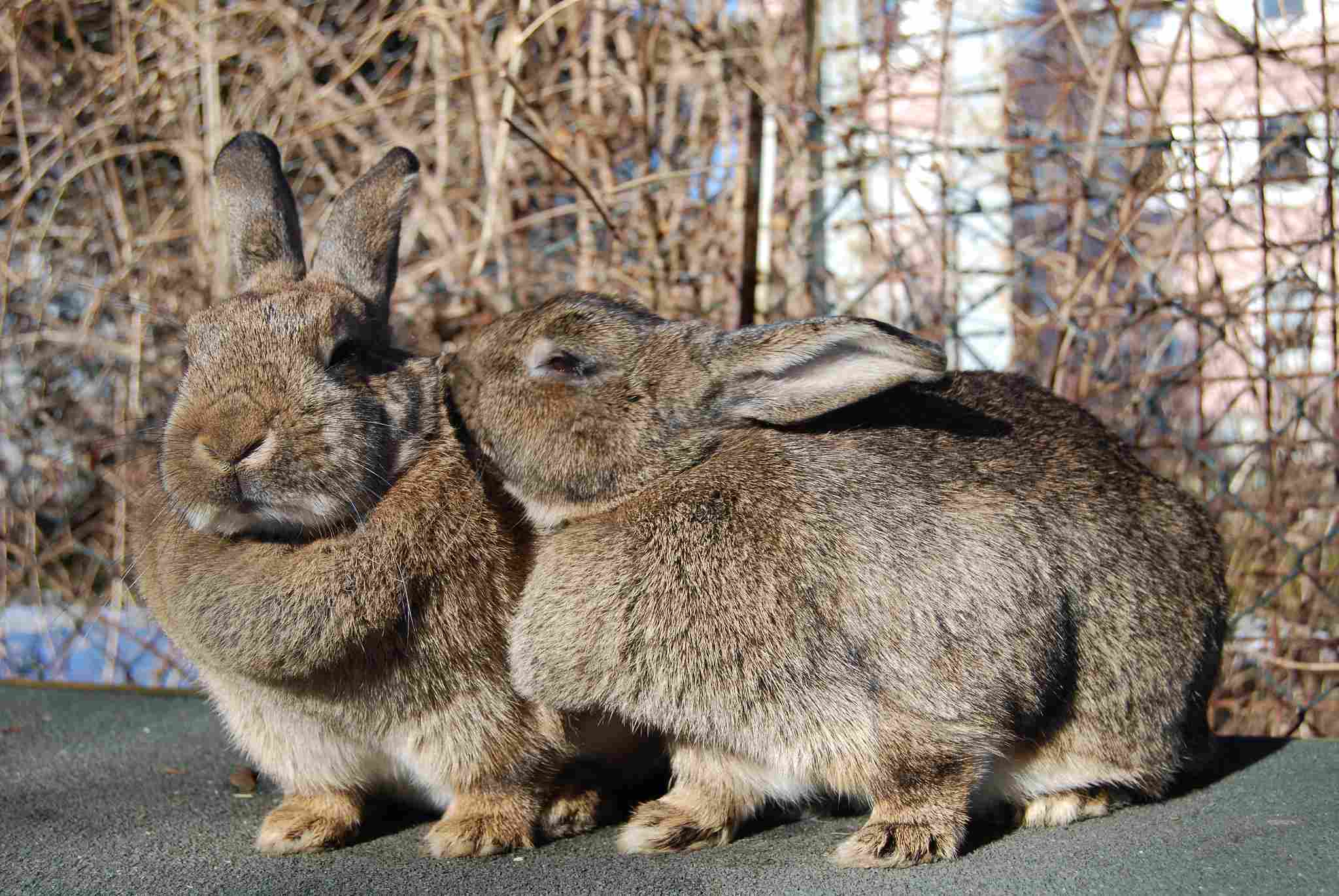
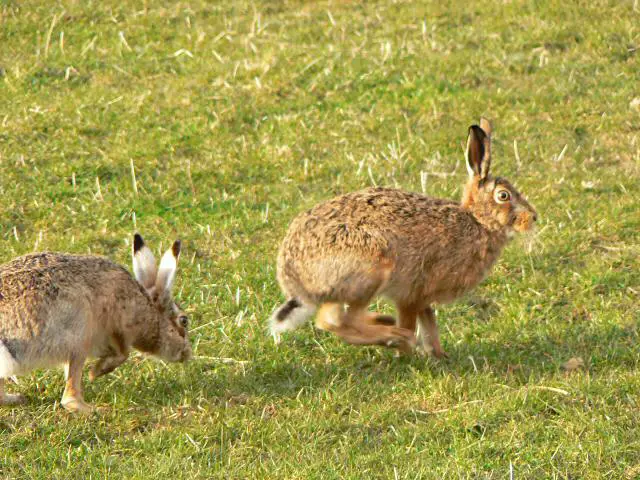
Rabbit:
Social animals, often living in groups known as colonies.
Establish hierarchical structures within colonies.
Jackrabbit:
Generally solitary, but may form loose groups.
Limited social structure compared to rabbits.
Comparison:
Rabbits are more social, forming cohesive groups, while jackrabbits exhibit more solitary behavior.
Ecological Implications:
Social structures impact their ecological roles, with rabbits influencing vegetation dynamics through group behaviors, while jackrabbits may have a more dispersed impact in open landscapes.
18. Mode of Reproduction:
Rabbit:
Reproduces prolifically with a short gestation period.
Females give birth to a litter of altricial young.
Jackrabbit:
Reproduces with a slightly longer gestation period compared to rabbits.
Also gives birth to altricial young.
Comparison:
Both rabbits and jackrabbits follow a similar reproductive pattern with altricial offspring.
Ecological Implications:
Reproductive strategies contribute to population dynamics, impacting the availability of prey for predators and influencing ecological succession.
19. Parental Behavior:
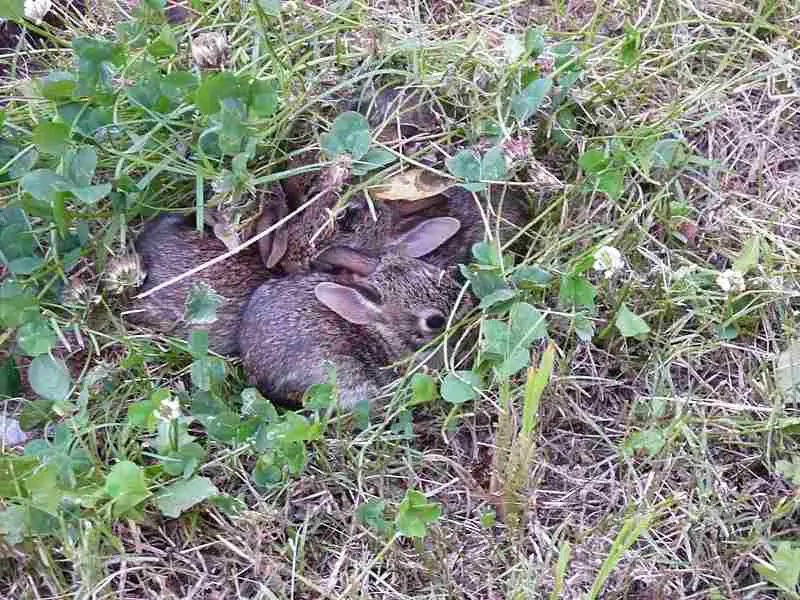

Rabbit:
Female rabbits provide care to their young in burrows.
Maternal instincts include nursing and protecting the offspring.
Jackrabbit:
Limited maternal care, with the female leaving the young in separate forms.
Young are more independent from an early age.
Comparison:
Rabbits exhibit more extensive parental care compared to jackrabbits.
Ecological Implications:
Parental behavior influences the survival of offspring, affecting population dynamics and ecological relationships.
20. Proximity to Human-Inhabited Areas:
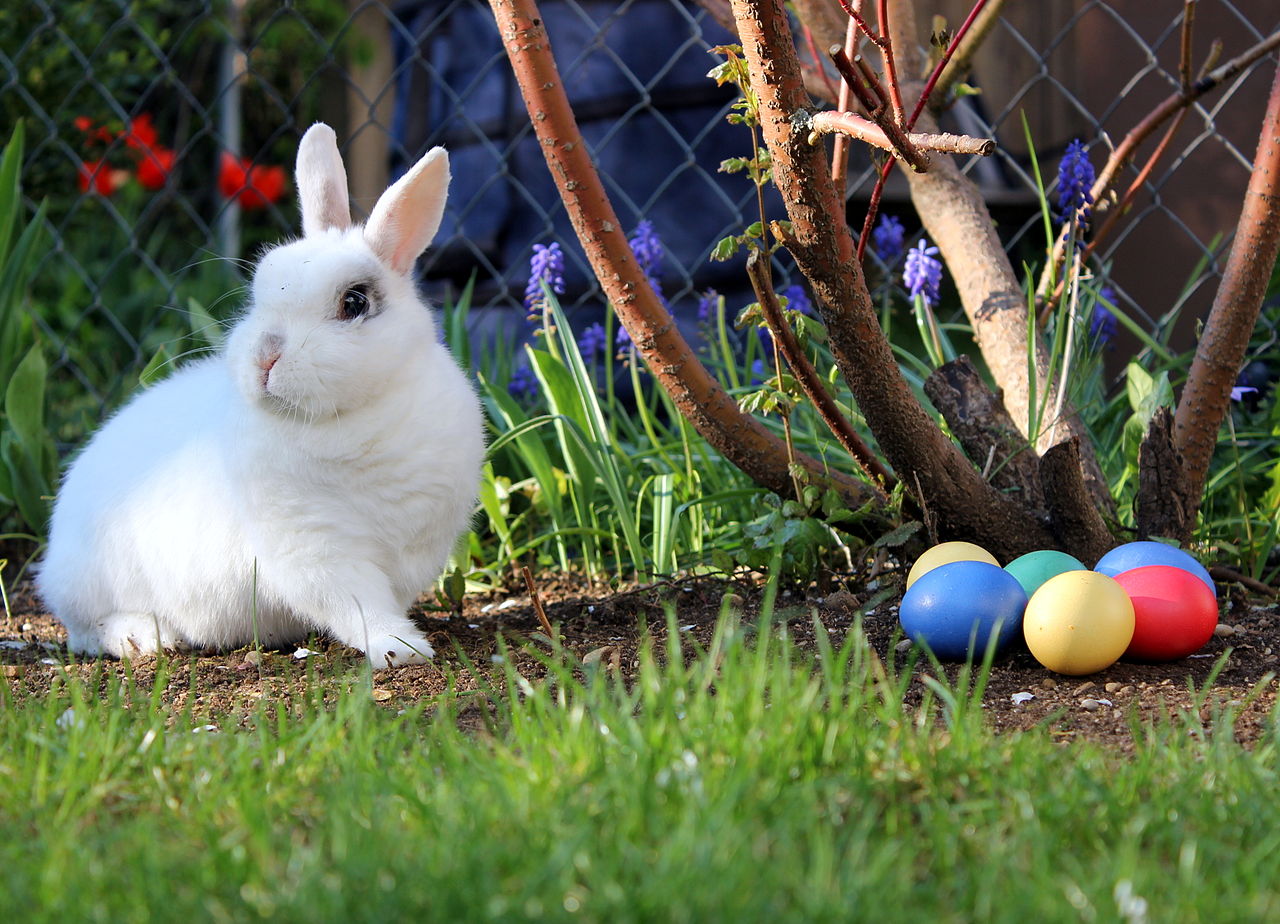
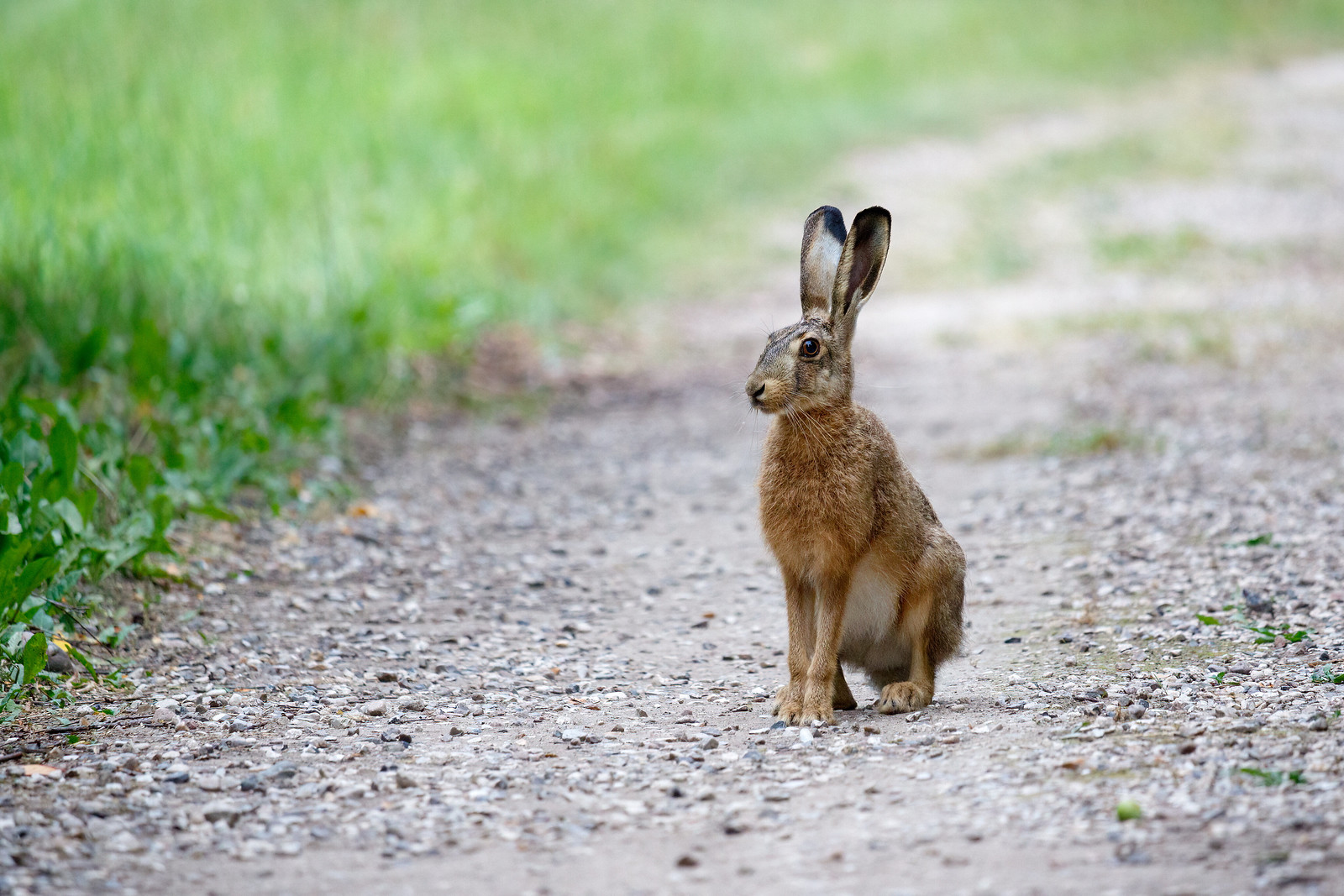
Rabbit:
Commonly found in suburban and urban areas, adapting to human presence.
May cause issues like garden damage.
Jackrabbit:
Generally avoids densely populated areas, preferring more open landscapes.
Less likely to be found in close proximity to human habitation.
Comparison:
Rabbits are more adaptable to human-inhabited areas compared to jackrabbits.
Ecological Implications:
Human interaction can impact their behavior and influence local ecosystems, with rabbits having a more direct interface with human environments.
21. Behavior Toward Humans:
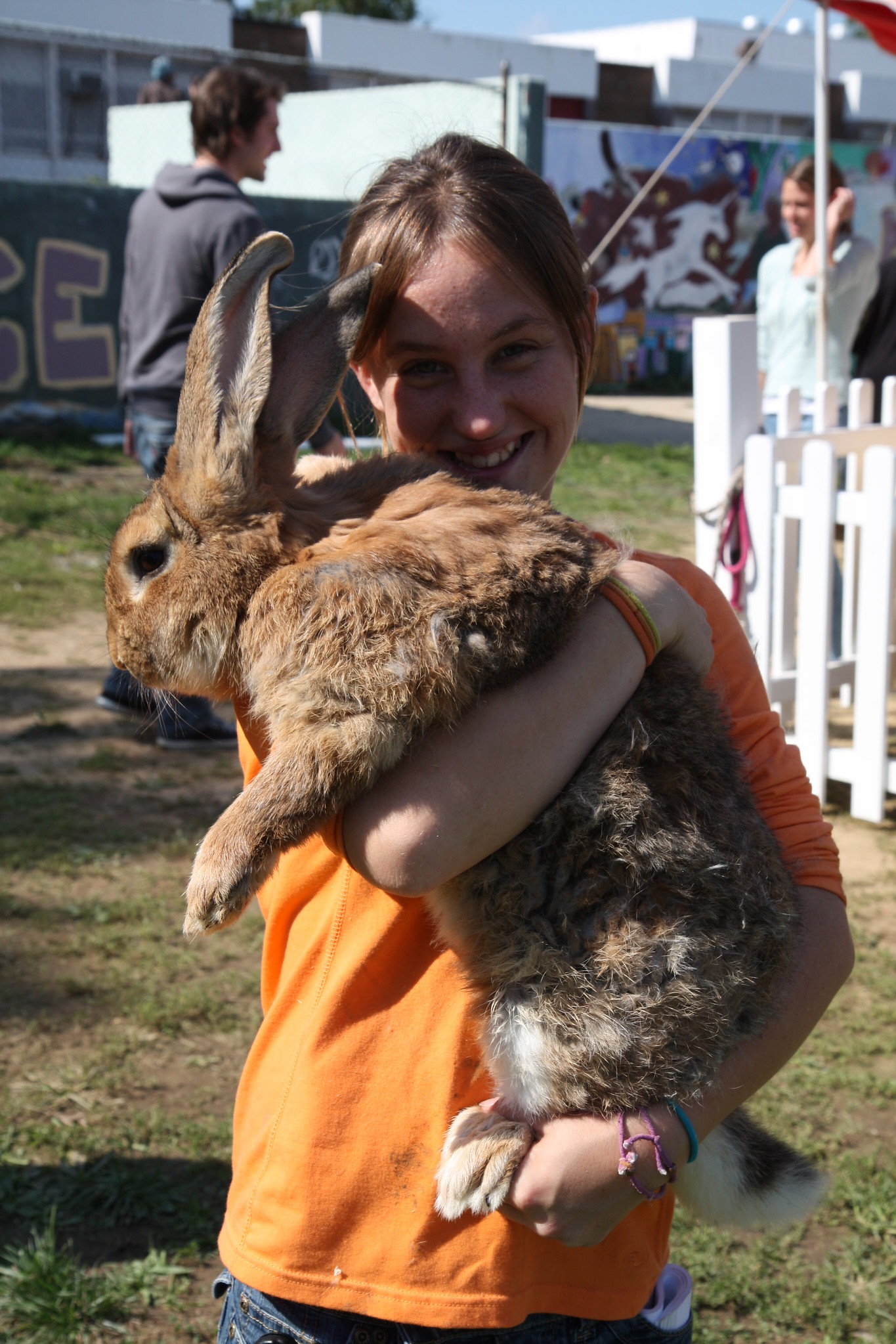
Rabbit:
May exhibit both fearful and bold behavior towards humans, influenced by prior interactions.
Can become accustomed to human presence, especially in urban areas.
Jackrabbit:
Generally more wary and elusive around humans.
Less likely to habituate to human presence compared to rabbits.
Comparison:
Rabbits may show more variable responses to humans, including habituation, while jackrabbits tend to be more cautious.
Ecological Implications:
Behavioral responses to humans can impact population dynamics and the ecological roles these species play in areas with human influence.
22. Danger Posed to Humans:
Rabbit:
Generally poses minimal danger to humans.
May carry diseases that can be transmitted to humans but rare.
Jackrabbit:
Poses minimal danger; usually, they avoid direct contact with humans.
Like rabbits, potential disease carriers, but incidents are uncommon.
Comparison:
Both rabbits and jackrabbits are not inherently dangerous to humans.
Ecological Implications:
Limited danger to humans allows coexistence, but disease transmission potential emphasizes the importance of responsible interaction.
23. Associated Precautions:
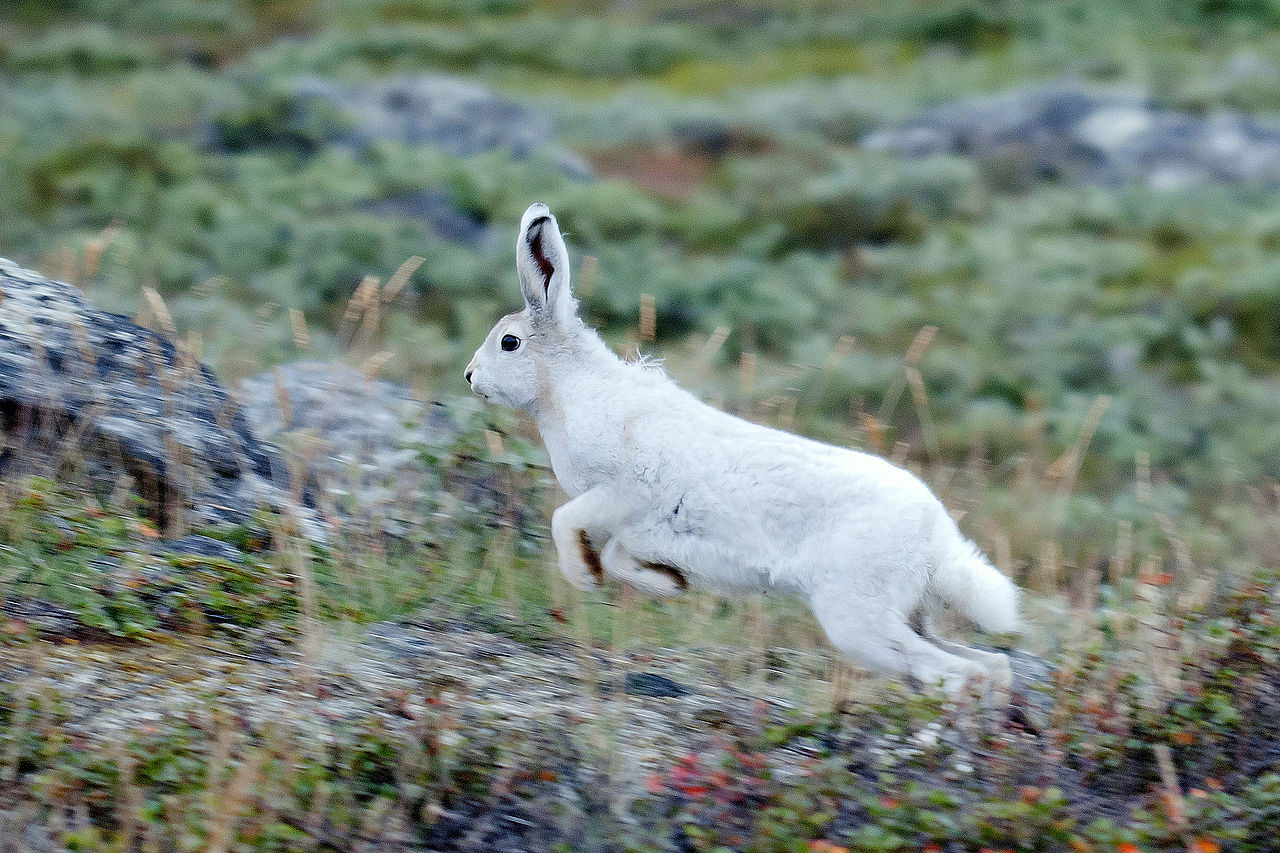
Rabbit:
Precautions may involve protecting gardens from rabbit feeding.
Zoonotic disease awareness, especially for those in close contact.
Jackrabbit:
Precautions mainly involve avoiding close approaches, especially during mating season.
Similar zoonotic disease considerations apply.
Comparison:
Precautions are generally similar for both species, focusing on minimizing potential conflicts and health risks.
Ecological Implications:
Responsible practices around these species contribute to harmonious coexistence and mitigate potential negative impacts on ecosystems.
24. Conservation Status:
Rabbit:
Various species have different conservation statuses, ranging from least concern to critically endangered.
European rabbit populations face challenges, including diseases and habitat loss.
Jackrabbit:
Generally, jackrabbit species are not globally threatened.
Conservation status varies among different jackrabbit species.
Comparison:
Conservation statuses depend on specific species within each group.
Ecological Implications:
Conservation efforts are crucial for maintaining biodiversity and ecological balance, especially for species facing threats.
*Summary of Comparison
Appearance:
Rabbits: Compact, rounded body with shorter ears.
Jackrabbits: Larger, leaner body with distinctively long ears.
Size:
Rabbits: Generally smaller, 1 to 5 pounds.
Jackrabbits: Larger, 3 to 7 pounds.
Weight:
Jackrabbits exhibit a higher weight range compared to rabbits.
Dentition and Bite Force (PSI):
Similar herbivorous dentition with around 200 PSI bite force for both.
Physical Offensive Advantages:
Rabbits rely on agility and burrowing.
Jackrabbits excel in speed and have a kicking capability.
Physical Defensive Advantages:
Rabbits hide and burrow for defense.
Jackrabbits use speed and heightened senses.
Speed:
Jackrabbits generally have a higher top speed.
Agility:
Both are agile, tailored to their respective habitats.
Senses:
Both exhibit heightened senses crucial for survival.
Overall Physical Capacity:
Physical capacities are adapted to specific environments.
Habitat Preference(s) and Geographic Region:
Rabbits have a broader habitat range, including vegetated areas.
Jackrabbits specialize in open, arid regions.
Tracks:
Track differences reflect size and foot structure.
Lifespan:
Rabbits generally exhibit a slightly longer lifespan.
Mode of Feeding:
Both are herbivores, with some variations in diet.
Intelligence:
Both display intelligence adapted to their needs.
Social Behavior:
Rabbits are more social, forming cohesive groups.
Jackrabbits exhibit more solitary behavior.
Mode of Reproduction:
Both follow a similar reproductive pattern.
Parental Behavior:
Rabbits exhibit more extensive parental care.
Proximity to Human-Inhabited Areas:
Rabbits are more adaptable to human-inhabited areas.
Behavior Toward Humans:
Rabbits may show more variable responses to humans.
Jackrabbits tend to be more cautious.
Danger Posed to Humans:
Both pose minimal danger to humans.
Associated Precautions:
Precautions are generally similar for both species.
Conservation Status:
Conservation statuses depend on specific species within each group.
Conclusion
I). Similarities:
Both rabbits and jackrabbits belong to the order Lagomorpha.
Herbivorous diet with adaptations for grazing.
Altricial young with a relatively short gestation period.
II). Differences:
Size and appearance, with jackrabbits generally larger and having distinct features.
Social behavior, with rabbits being more social than jackrabbits.
Habitat preferences, with rabbits occupying diverse environments and jackrabbits favoring more open landscapes.
Behavioral responses to humans, with rabbits showing more variability in habituation compared to jackrabbits.
